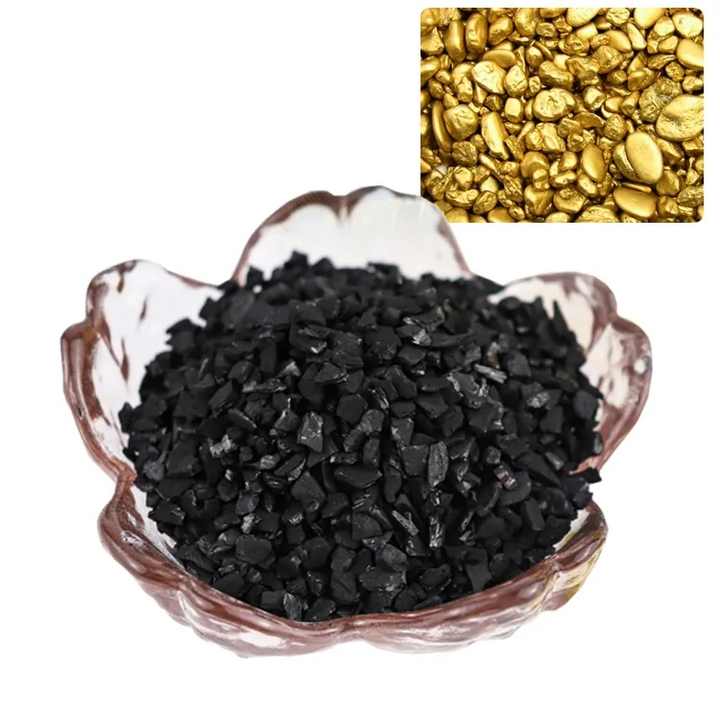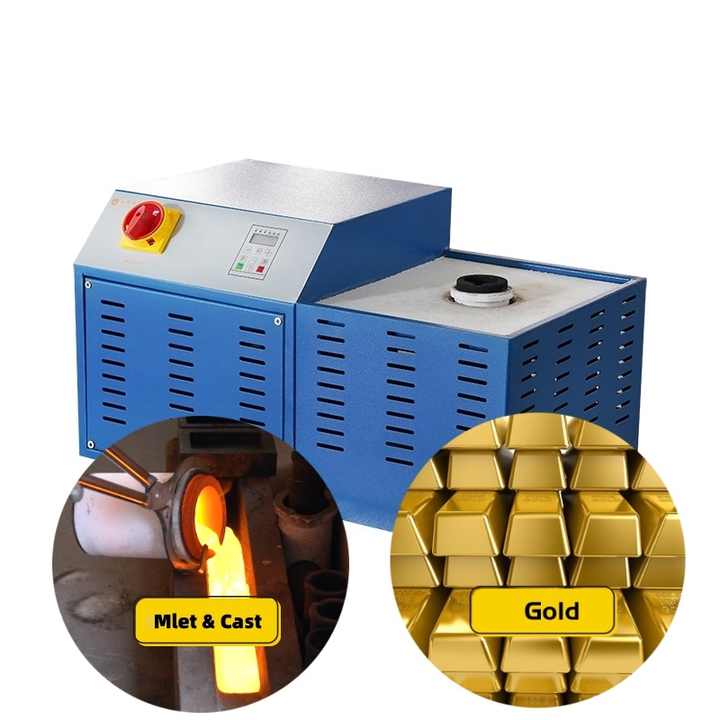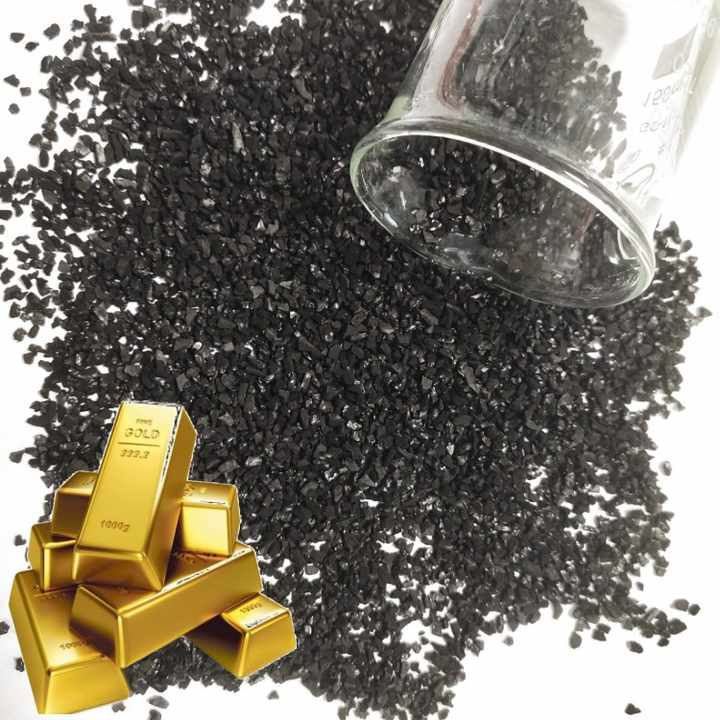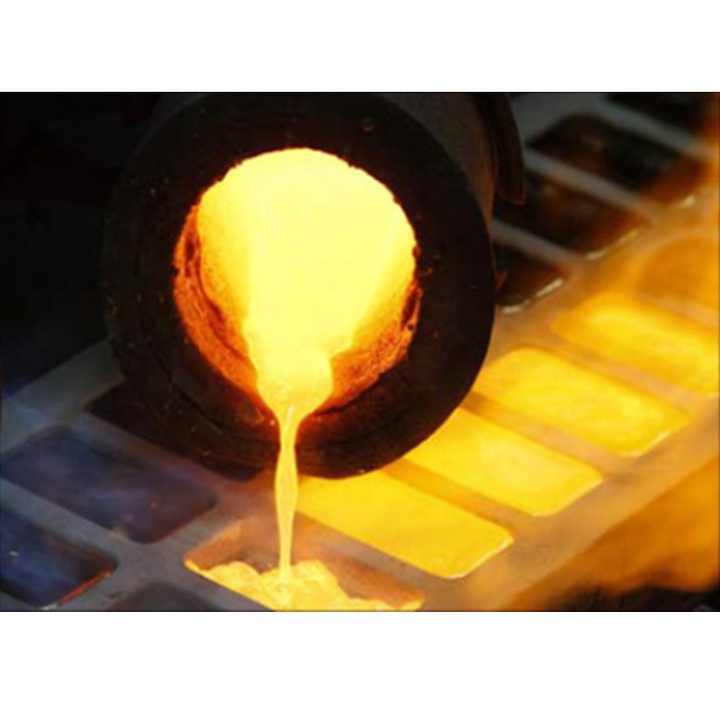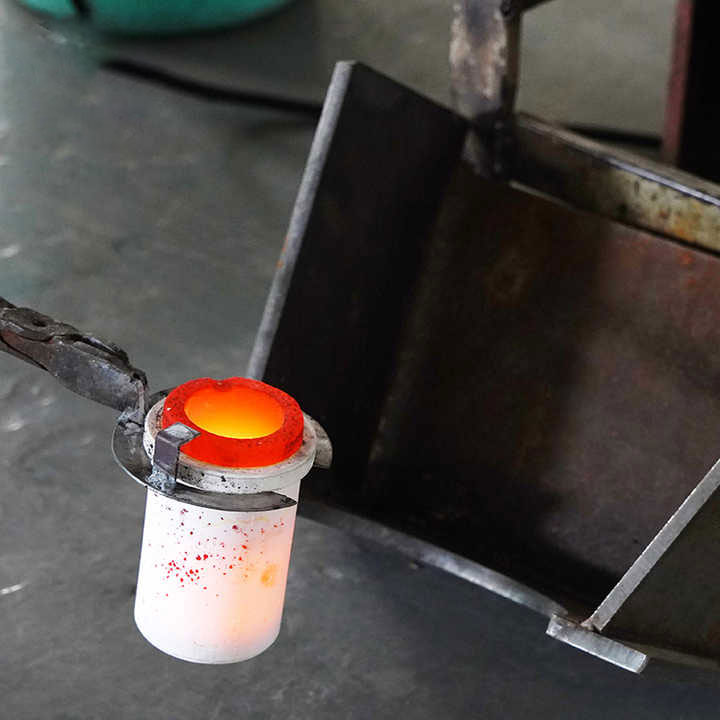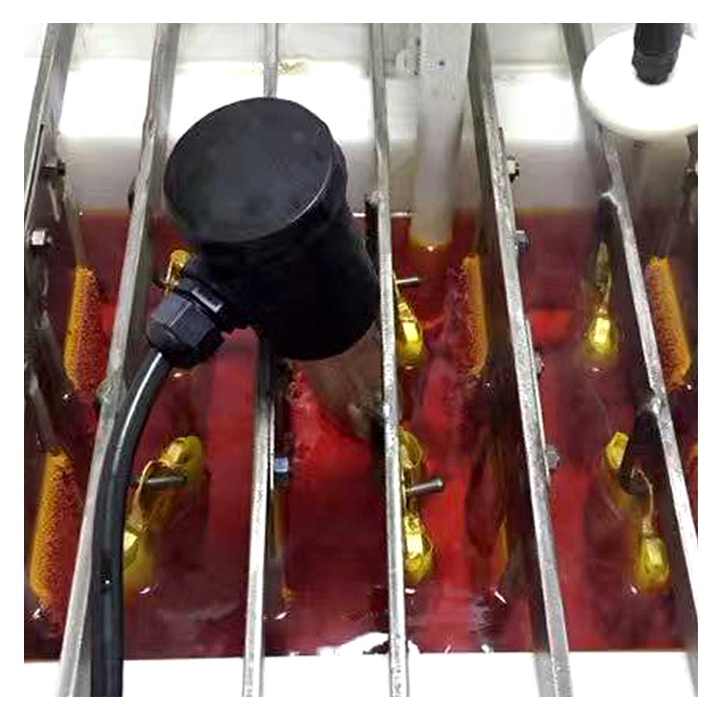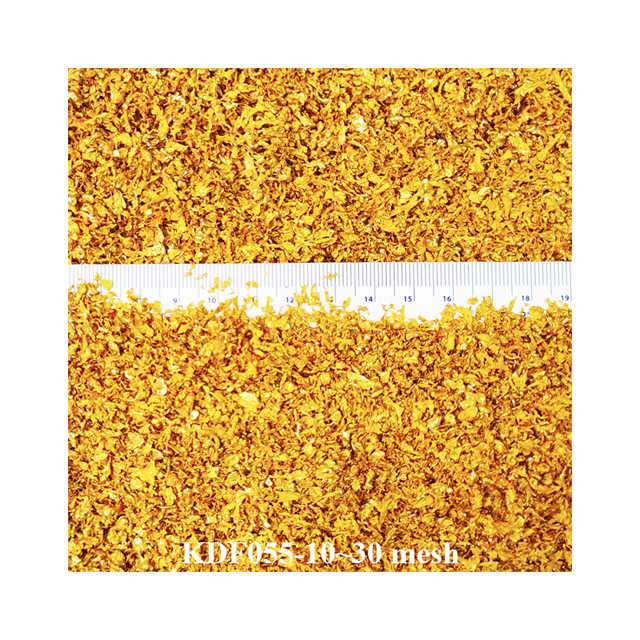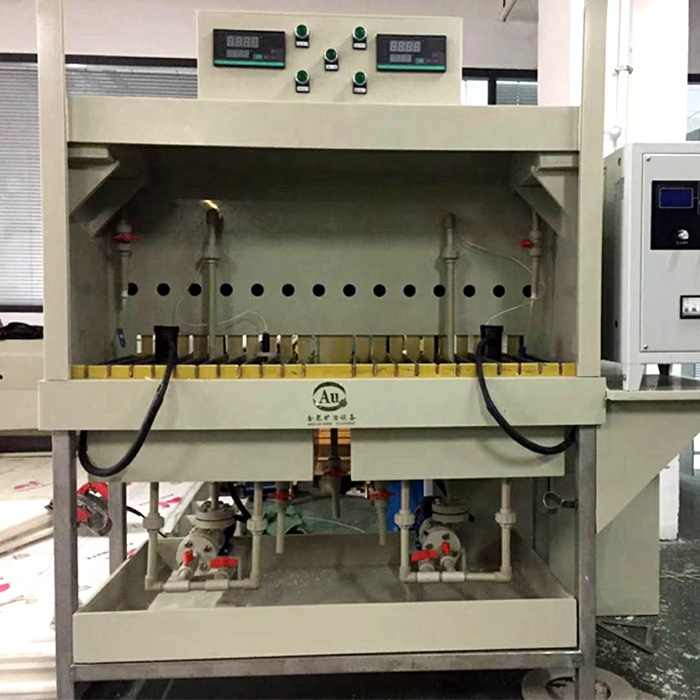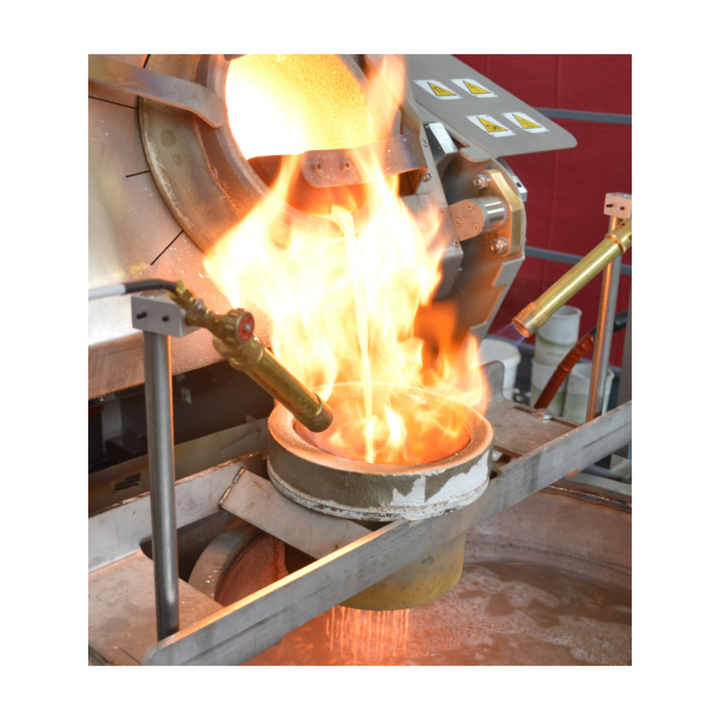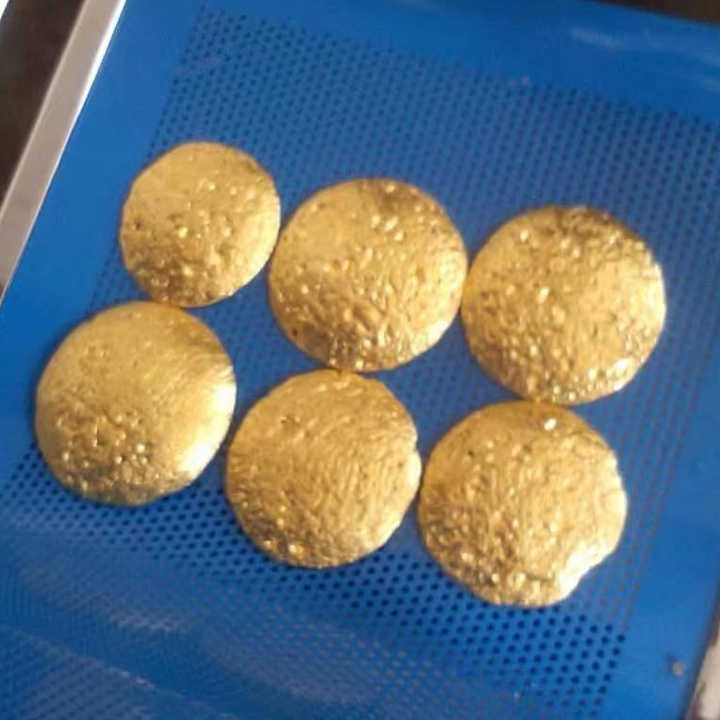gold purification grades
Understanding Gold Purification Grades A Guide to Quality and Purity
Gold purification grades play a critical role in determining the quality and purity of gold. These grades help in assessing the value and usability of gold for different purposes, from jewelry making to industrial applications. This article explores the various gold purification grades, the processes that define them, and their significance in the gold industry.
What Are Gold Purification Grades?
Gold purification grades refer to the different levels of purity achieved through refining processes. These grades are used to measure how much of the material consists of pure gold versus impurities. The higher the grade, the purer the gold. This is important for buyers, sellers, and manufacturers as it helps establish the value of the gold.
The Significance of Purity in Gold
The purity of gold affects its price, durability, and application. High-purity gold is softer and more malleable, making it ideal for certain applications like fine jewelry or high-tech industries. Lower-purity gold, which contains more alloys or impurities, may be stronger but less valuable. Understanding gold purification grades helps determine which form of gold is best suited for specific needs.
Common Gold Purification Grades
There are several key grades of gold purity, each defined by the refining process and the percentage of pure gold present. Let’s explore these common grades:
1. 24-Karat Gold
24-karat gold is the highest grade of purity, consisting of 99.99% pure gold. This is often referred to as “pure gold” and is soft and highly malleable. Due to its purity, it is less durable for everyday use and is often reserved for investment bars, bullion coins, and high-end jewelry.
2. 22-Karat Gold
22-karat gold contains 91.67% pure gold, with the remaining 8.33% made up of other metals such as copper or silver. This grade is commonly used in jewelry because it balances purity with durability. While not as soft as 24-karat gold, 22-karat gold still maintains a high level of shine and is highly prized.
3. 18-Karat Gold
18-karat gold has 75% purity, with 25% composed of other alloys. This is a popular grade for jewelry due to its strength and resistance to wear. It still retains a golden hue but is more robust than higher-purity gold. It is especially favored for rings and other pieces that require durability.
4. 14-Karat Gold
14-karat gold consists of 58.3% pure gold and 41.7% other metals, making it a durable and affordable option for many types of jewelry. This grade offers a balance between strength, affordability, and gold content, making it popular in the U.S. for wedding rings and other accessories.
5. 10-Karat Gold
With only 41.7% pure gold, 10-karat gold is one of the lowest grades used in jewelry. It is much stronger and more affordable than higher-purity options but lacks the same rich gold color. This grade is often used for items that require long-lasting durability, such as industrial components or lower-cost jewelry.
Gold Purification Processes
The process used to refine gold to a specific grade is critical for achieving the desired purity. Below are some common methods used in gold purification:
1. Miller Process
The Miller process is one of the simplest and most efficient methods for refining gold. It removes impurities by blowing chlorine gas through the molten gold. The chlorine reacts with the impurities, leaving behind high-purity gold. This method is commonly used to produce gold of 99.5% purity.
2. Wohlwill Process
The Wohlwill process uses electrolysis to refine gold to a purity level of 99.99%. This method involves dissolving the gold in a solution and using an electric current to separate the pure gold from the impurities. This process is slower and more expensive than the Miller process but produces the highest purity.
3. Cupellation
Cupellation is a refining technique that involves heating gold in a furnace with a high-temperature blast of air. The impurities are absorbed into the lining of the furnace, leaving behind purer gold. This process is commonly used to refine lower-grade gold into a higher purity.
4. Aqua Regia
Aqua regia is a chemical process that involves dissolving gold in a mixture of hydrochloric and nitric acids. This method is capable of refining gold to a high level of purity and is often used in laboratories and small-scale operations.
Why Gold Purification Grades Matter
Understanding gold purification grades is essential for anyone involved in the gold market, whether for investment, jewelry making, or industrial use. Higher-purity gold tends to be more valuable and sought after, but it may not always be the best choice depending on the intended application. For example, high-purity gold is too soft for everyday wear and is more prone to scratching, while lower-purity gold alloys are more durable and practical for daily use.
Additionally, knowing the gold grade can help consumers make informed purchasing decisions. Jewelers often mark their products with karat stamps indicating the purity of the gold, allowing customers to choose based on their preferences for purity, durability, and price.
Gold purification grades are a key indicator of the quality and usability of gold. From 24-karat pure gold to lower grades like 10-karat, each grade has specific characteristics that make it suitable for various applications. Understanding these grades, along with the refining processes used to achieve them, helps ensure that the right type of gold is chosen for the desired purpose. Whether for investment, jewelry, or industrial use, knowing the gold’s purification grade ensures that it meets the required standards for quality and performance.










